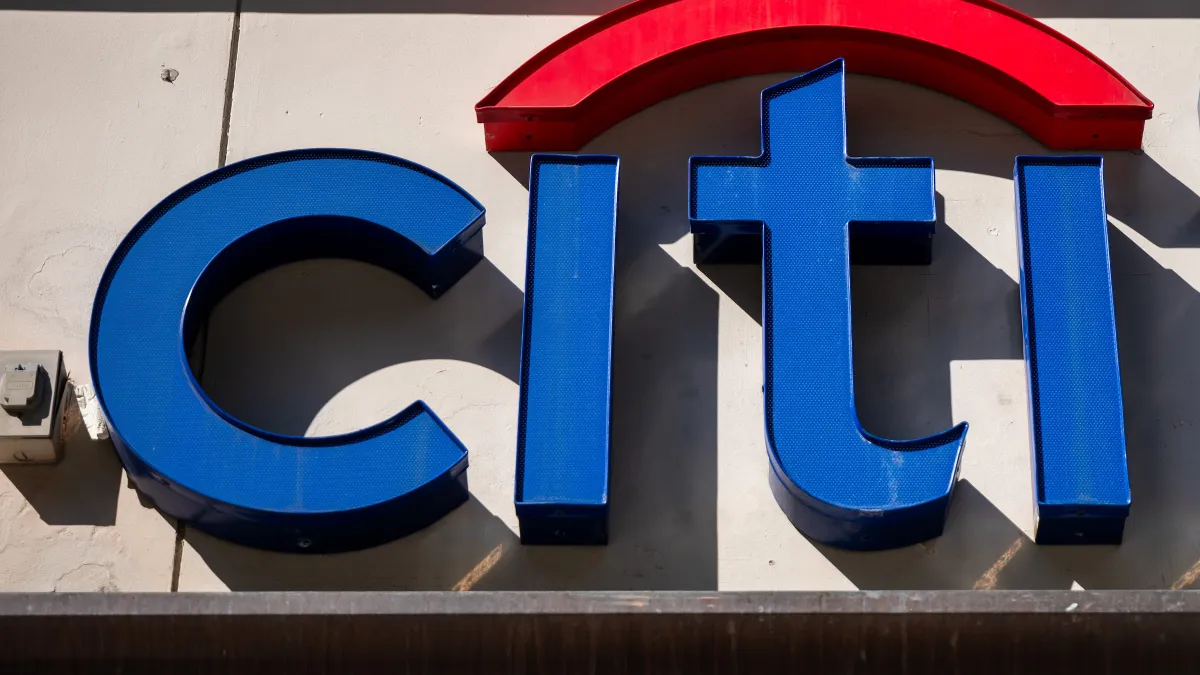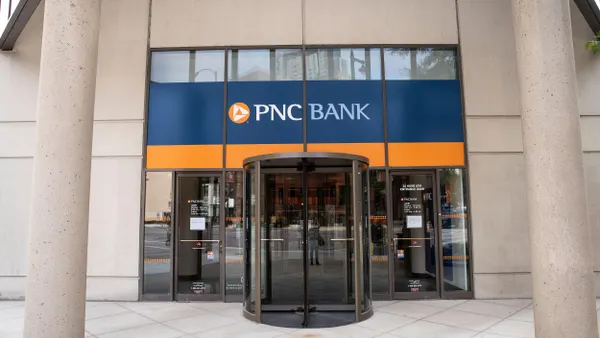Streamlined digital banking services are the key to acquiring new customers and keeping existing ones happy. Today’s consumers expect the same ease of use in applying for loans and mortgages that they enjoy in online retail and streaming entertainment. A bad origination experience can lead to lost business, whereas offering an excellent process for consumers and reducing origination costs gives lenders an edge. In fact, a recent Aite-Novarica report found that speed and ease of loan approval were the number one factor for consumers when shopping for a personal loan. Consumers surveyed found ease even more important than the payment terms.
This is especially important as customer demographics of the $418 billion mortgage market change. As younger generations make up larger and larger shares of the market, banks must find ways to appeal to this new clientele. But that takes more than simply creating digital offerings. Banking services must be constructed to adapt over time in order to continue to meet the changing demands of this new customer base.
Meeting the digital origination challenge
To understand what can happen when banking systems are unprepared for rapid change, look no further than the 2020 Paycheck Protection Program. A COVID pandemic-era opportunity for financial institutions to support small businesses turned into a black mark for many small and regional banks unable to adequately set up and support the PPP location application and subsequent loan forgiveness processes. Unflexible technology infrastructure makes it near impossible for legacy financial institutions to respond to such situations rapidly. In this case, speed and agility were essential, as PPP ran out of funding weeks ahead of schedule and many small businesses in need missed out on the program’s benefits.
Composable banking is a relatively new approach to technology that lets financial institutions more easily deliver a dynamic menu of financial services. Instead of building applications from scratch or doing custom integrations with external services, a composable banking technology platform lets developers choose from an array of internal and third-party services—from origination to payments—and then offer them to consumers via a single website or app.
Creating a secure, reliable and seamless loan origination experience, in particular, is a big challenge. Banks are hampered by the complexity of the process, with the need to verify user identity and check credit while protecting against fraud and identity theft. Although different origination functions often come from different providers, consumers and prospects see only the branded site or app of their chosen financial institution. Failure to seamlessly pass a customer or prospect from one function to the next comes across as a failure of the larger financial institution’s brand.
Responding to new needs
A composable, or more modular, approach lets a financial institution use its own origination functions and integrate other products. Dragging and dropping modular blocks in a low-code environment allows even non-technical users to design and build services while reducing development time from months, or even years, down to days or weeks. In this way, a composable approach to building a banking product or service lets banks supplement their internal development teams, leveraging the talent and resources of the platform itself.
While behind the scenes is an array of functions from different providers, the system delivers the best possible omnichannel experience to customers and prospects.
A robust composable banking platform should provide pre-built integrations with the major technology stacks used for core banking functions, customer relationship management tools and online banking platforms. The environment should be cloud-native to enable containers, microservices and other modern DevOps tactics, and it must be database-agnostic.
Open to change
It should be noted that to take advantage of composable origination’s benefits, a bank must be willing to embrace an open architecture in order to connect with multiple software providers. Also, it’s important for banks to understand that even though they want to perform like other digital service providers, they must ensure their platform provider knows the financial services industry and is compliant with all relevant regulations.
Composable origination is still a relatively new concept to the financial services industry, but the need for banks and fintech companies to differentiate themselves from fast-moving competitors is not. A single platform to quickly design and build an array of services from internal systems and preferred partners is the answer for staying competitive now and into the future.










